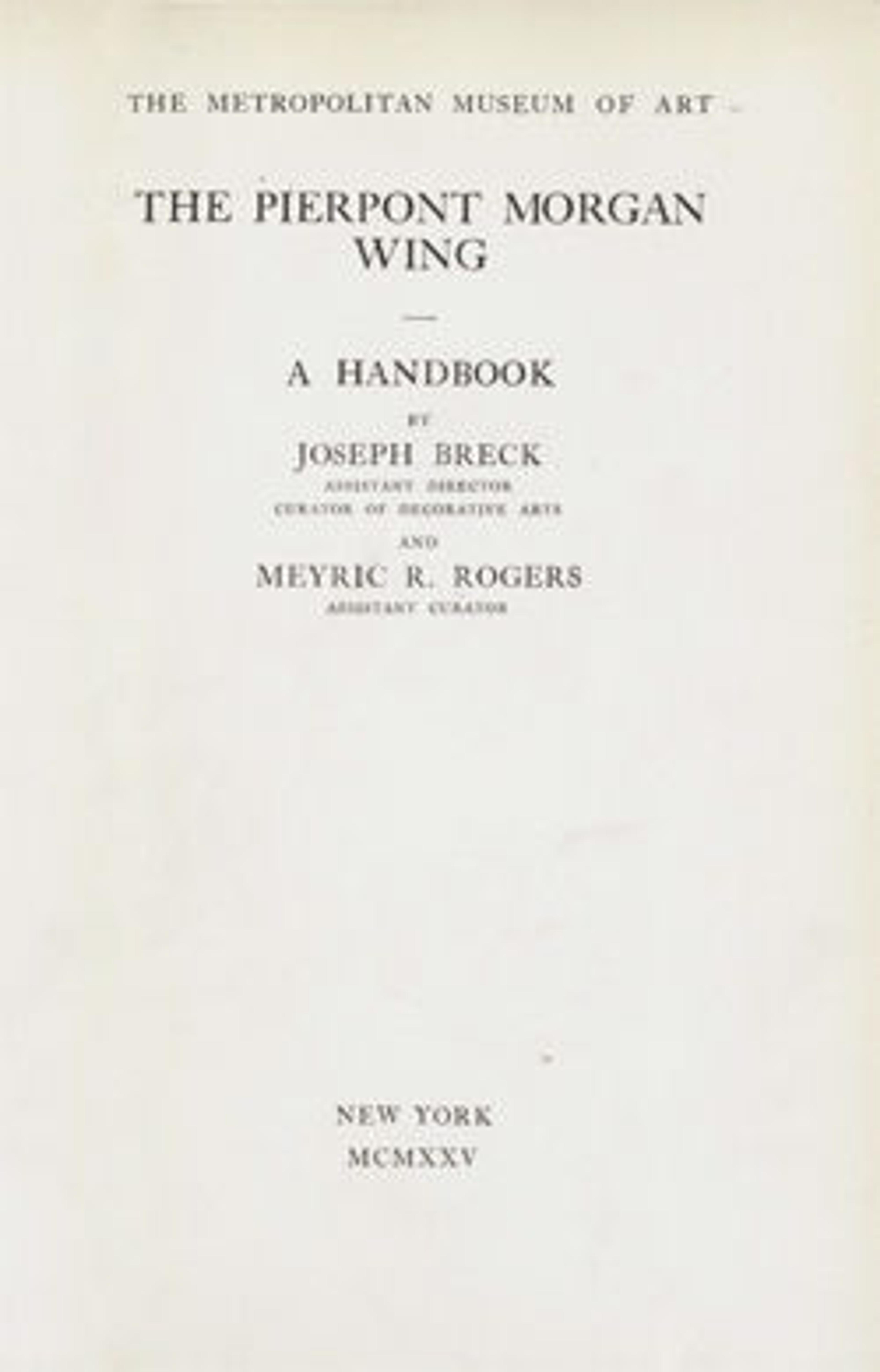Basin (Réchaud)
Artwork Details
- Title: Basin (Réchaud)
- Date: mid-16th century
- Culture: French, Saint-Porchaire or Paris
- Medium: Lead-glazed earthenware (white pottery)
- Dimensions: 5-3/4 x 8 in. (14.6 x 20.3 cm)
- Classification: Ceramics-Pottery
- Credit Line: Gift of J. Pierpont Morgan, 1917
- Object Number: 17.190.1741
- Curatorial Department: European Sculpture and Decorative Arts
Audio
2323. Saint-Porchaire Ware
IAN WARDROPPER: In the center of the gallery, we can see a group of pottery that is unique to France during this period, and that is often called Henry II Ware, "Henri Deux Ware," after the son of Francis I -- Henry II -- who reigned from 1547 until 1559. It's one of the most distinctive and unusual forms of pottery that was produced anywhere in Europe during this period, and is almost synonymous with the arts of France. This is one of the rarest of all potteries and one of the most mysterious. There are still debates over exactly where this was produced. There are only some 60 or so pieces that exist in the world. And what it centers on is a kind of white pipe clay that was stamped or impressed, and darker clay was pressed into it.This is a technique that's actually closer to metalwork than it is to pottery. And as you walk around it, you see all kinds of decorative forms that were popular in the Renaissance and spread through the forms of engravings and drawings. For example, various kinds of designs based on knots were popularized by artists such as Leonardo da Vinci or Albrecht Durer. And so you see these potters -- like magpies -- taking their designs from many different sources and applying them to the surfaces of these wares.
More Artwork
Research Resources
The Met provides unparalleled resources for research and welcomes an international community of students and scholars. The Met's Open Access API is where creators and researchers can connect to the The Met collection. Open Access data and public domain images are available for unrestricted commercial and noncommercial use without permission or fee.
To request images under copyright and other restrictions, please use this Image Request form.
Feedback
We continue to research and examine historical and cultural context for objects in The Met collection. If you have comments or questions about this object record, please contact us using the form below. The Museum looks forward to receiving your comments.
